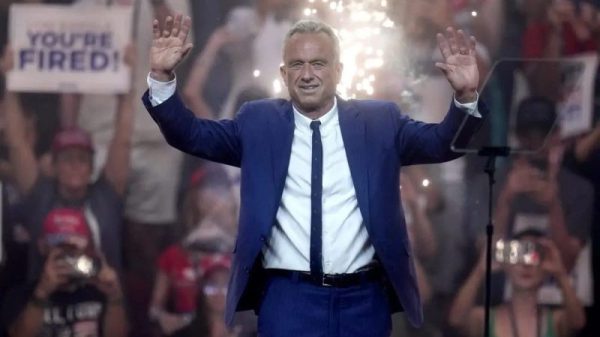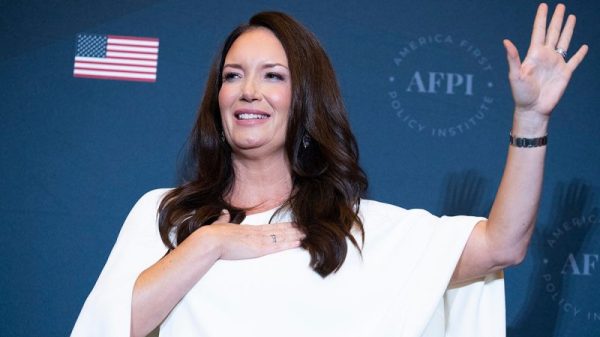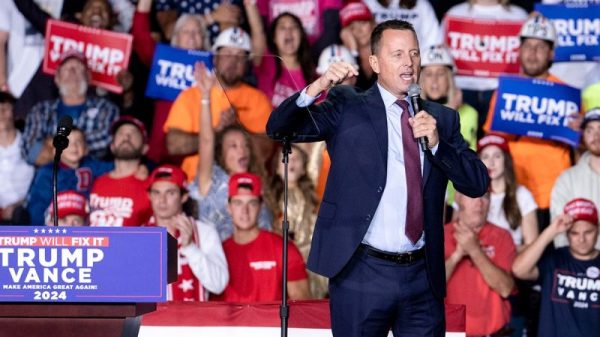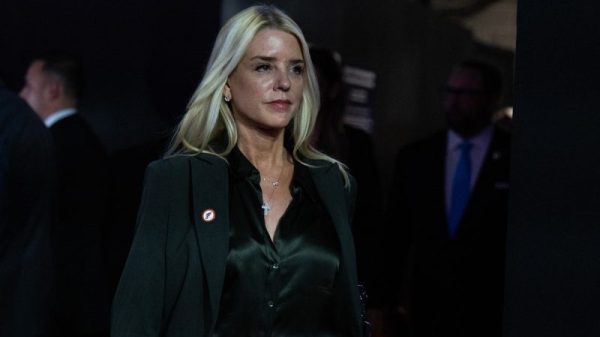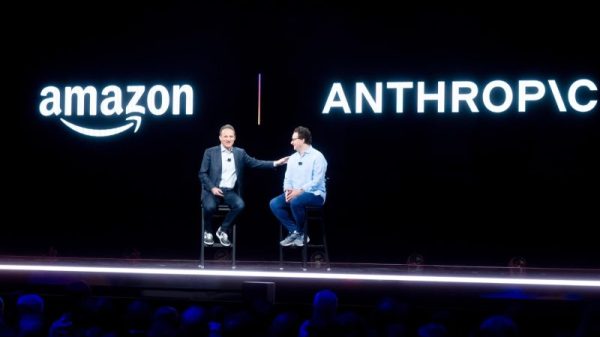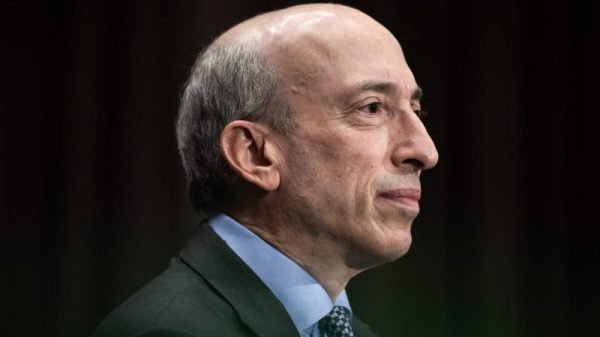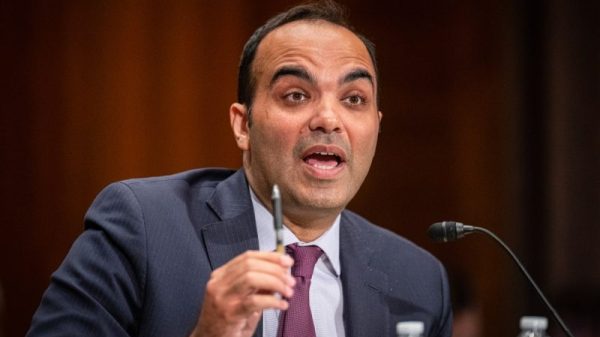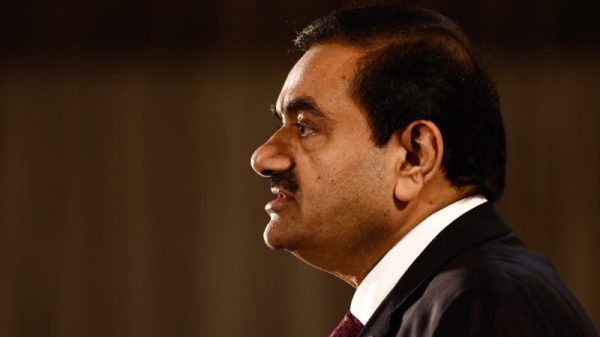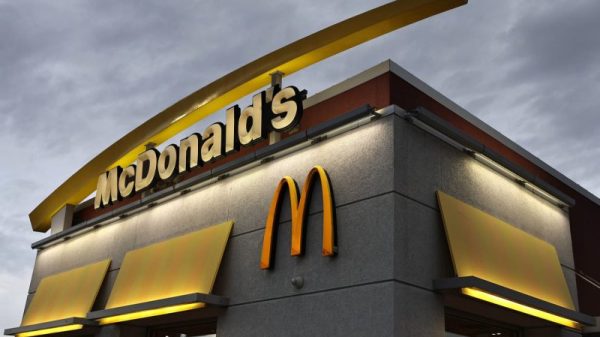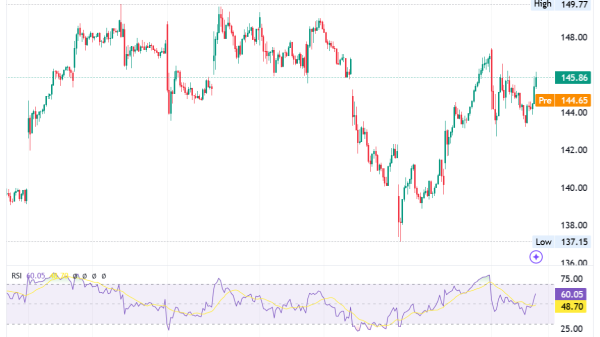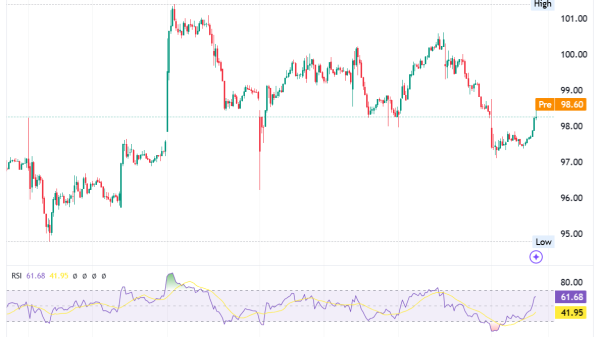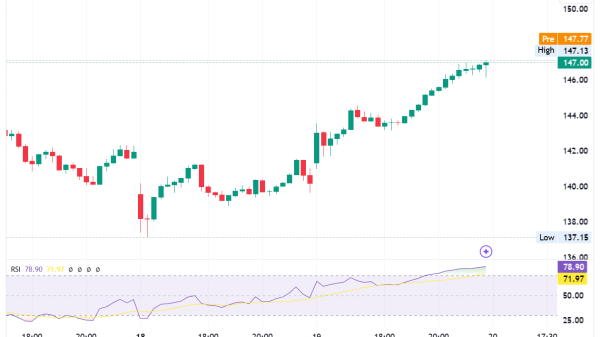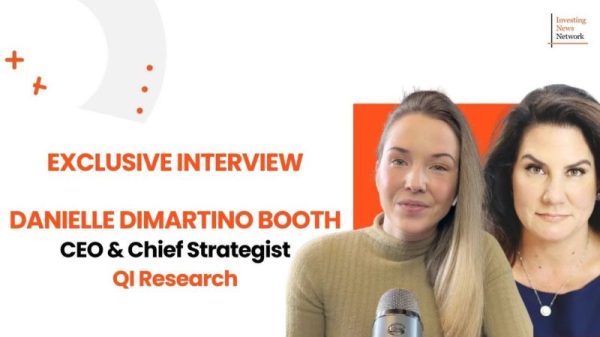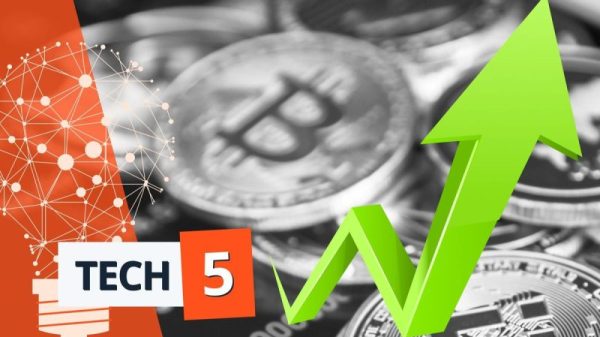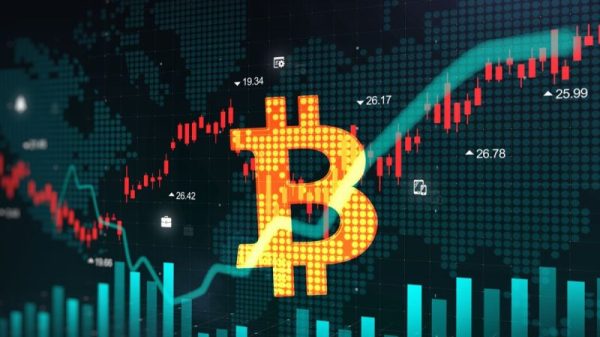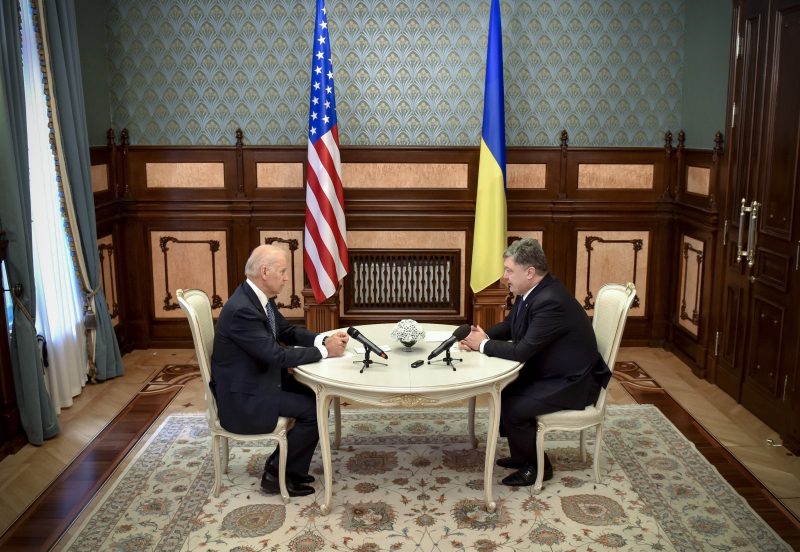As Vice President Biden flew to Ukraine in early December 2015, he read through his briefing materials in preparation for a meeting with Ukrainian President Petro Poroshenko and what would be a momentous speech to the Ukrainian parliament. A key goal for the trip was to urge the government to crack down on corruption, starting with the removal of the powerful prosecutor general, viewed by U.S. and European officials as an impediment to reform.
Under a tactical policy known inside the Obama administration as “big hugs and little punches,” U.S. officials originally planned to have Biden urge Poroshenko to fire the prosecutor, Viktor Shokin, but at the same time sign a renewal of a $1 billion loan guarantee. On the plane, according to a person who participated in the conversation, Biden “called an audible” — he changed the plan. It was time for a bigger punch: The loan guarantee was the main point of leverage with Ukraine, the vice president declared, so he instead should tell Poroshenko the loan would not be forthcoming until Shokin was gone — a suspicious ouster to House Republicans now pushing for President Biden’s impeachment.
Other officials involved in the policy process, including two who were also on Biden’s plane, don’t quite remember Biden’s making such a forceful intervention. They recall a more disciplined policy process preceding the trip that led to consensus on linking the firing to the loan — though memories have blurred over eight years, they admitted. The White House records remain classified. In any case, by the time Biden landed in Kyiv, four people with direct knowledge told The Fact Checker, the Obama White House was firmly on board with the plan.
Biden, in a 2018 appearance before the Council on Foreign Relations, acknowledged that “I was supposed to announce that there was another billion-dollar loan guarantee.” But because Poroshenko hadn’t taken action against Shokin, Biden told him “we’re not going to give you the billion dollars.” He claimed that when Poroshenko objected, Biden told him he was welcome to call President Barack Obama to confirm the policy decision.
The moment when the Obama administration decided to link Shokin’s firing to the loan guarantee has never been firmly established. But questions about the timing have re-emerged since Just the News, a conservative news site, published proposed State Department talking points for Biden’s trip, drafted Nov. 22, two weeks before Biden’s plane departed for Kyiv. The talking points reflected the big-hugs-and-little-punches approach, proposing that Biden tell Poroshenko that Shokin needed to be removed but that the signing of the loan guarantee would happen during his visit.
House Speaker Kevin McCarthy (R-Calif.) this week directed House committees to begin an impeachment inquiry into Biden, with one area of focus whether Biden pushed to fire Shokin to benefit his son Hunter’s foreign business dealings. Republicans have claimed that Biden sought Shokin’s removal to benefit the Ukrainian energy giant Burisma, where Hunter Biden was a board director. But the body of evidence shows that Shokin failed to act against Burisma, to the distress of many senior U.S. officials who at the time closely tracked whether he was meeting certain benchmarks. Shokin had not, for example, reinstated a case involving Burisma’s owner, Mykola Zlochevsky, that had been bungled by the prosecutor general’s office, allowing for a $23 million freeze on Zlochevsky’s assets to lapse in Britain.
Just the News has published other documents suggesting that, when Biden pressed for Shokin’s ouster, some U.S. and European officials viewed Shokin’s office as making necessary steps toward tackling corruption. But those documents represent a minority view at the time on Shokin, officials said.
“There was agreement [in the administration] that Shokin had to go,” said the official traveling with Biden who specifically recalled Biden’s decision to change course. “The only disagreement was on tactics,” said the official, who spoke on the condition of anonymity. “Biden came in hard, but that was consistent with the goal of U.S. policy.”
Asked for comment, the White House did not dispute The Fact Checker’s reporting. “As the facts have borne out for years, then-Vice President Biden successfully executed on U.S. policy that was supported by Republicans in Congress at home, international partners abroad, and Ukrainian citizens, as he worked to carry out policy in the best interests of the American people,” said Sharon Yang, a spokesperson for the White House Counsel’s Office.
Shokin was a key political ally of Poroshenko’s, and his job — a kind of combination attorney general and judge — made him an important power broker in Ukraine. Biden’s demand for his ouster, made in a one-on-one meeting, was therefore a big ask. “Biden was right” to link the loan to Shokin’s removal, the official said. “Had we given Poroshenko the thing he was desperate for, he never would have removed Shokin.”
In the end, it took another meeting between Biden and Poroshenko, in January 2016, and a tough phone call between the two men that February before the Ukrainian president finally acted. The administration did not sign the loan guarantee until June 2016, after Poroshenko had installed a new prosecutor general.
Charles Kupchan, who was senior director for European affairs on the staff of the National Security Council and also traveled on Biden’s flight, remembers the later phone call more distinctly than Biden calling an audible on the plane. “The consensus was that Shokin had to go,” he said. “That was not just our view but the view of the Germans and the French.”
Kupchan and other former officials dismissed the State Department talking points as largely irrelevant for someone at Biden’s level. “Many of these drafts were thrown away” as the policy process moved forward, he said. “I don’t think one can assume that what was in there was the policy at the time.”
Another former member of the vice president’s staff also said that State Department talking points were almost never used.
Questioned about the talking points document in a 2020 deposition for a Senate committee investigating whether Hunter Biden had influenced Ukraine policy, Geoffrey Pyatt, the U.S. ambassador to Ukraine in 2015, remarked, “You know, this is written by a desk officer. This is somebody who is 16 levels removed from the vice president from a policymaking process.” He said that “it would never be my experience that a principal at the level of a Cabinet officer or the vice president or the president would take a State Department product like this and sort of use that as their script.”
In the Obama administration, the development of a foreign-policy position was tightly managed. A proposed policy would have first been developed by deputy assistant secretaries at what was known as the Sub-Interagency Policy Committee. Then assistant secretaries and NSC staff at Kupchan’s level would debate it at the Interagency Policy Committee. Finally the policy discussion would move to the Deputies Committee — composed of deputy cabinet secretaries — and usually discussion would end there unless the decision was so sensitive that it needed to be discussed by principal cabinet members, the vice president and president.
Victoria Nuland, then the assistant secretary for Europe and now acting deputy secretary of state, said in a 2020 deposition for the Senate committee that the State Department, in anticipation of Biden’s visit, in the middle of 2015 began to closely monitor whether Shokin was acting on corruption.
In June of that year, Nuland sent a letter to Shokin, obtained by Just the News, praising the government’s “ambitious reform and anti-corruption agenda” and mentioning specific steps he could take to thwart corruption. But in July, key prosecutors under Shokin, including his former driver, were caught with stashes of diamonds and incriminating documents in their homes, causing an uproar in Ukraine. Nuland said Shokin was perceived to be protecting them. He sacked deputies who sought to investigate the subordinates who were known as the “diamond prosecutors.”
The U.S. government then amped up the pressure, with Pyatt making a speech in September in which he blasted the prosecutor’s office for “openly and aggressively undermining reform” and having “undermined prosecutors working on legitimate corruption cases.”
The speech, delivered in Odessa, specifically mentioned that letters written by the prosecutor’s office had allowed Zlochevsky to retrieve the $23 million that had been frozen in Britain. “The misconduct by the PGO [Prosecutor General’s Office] officials who wrote those letters should be investigated, and those responsible for subverting the case by authorizing those letters should — at a minimum — be summarily terminated,” Pyatt said.
The speech was a test to see whether Shokin would investigate members of his staff who were rumored to have taken bribes to allow Zlochevsky to escape prosecution. Taking such a step “might have led to a reopening of the criminal prosecution against Zlochevsky himself,” Nuland said.
In a phone call with Poroshenko on Nov. 5 that year, both hugs and punches were apparent, with Biden suggesting that the loan guarantee was linked to progress on corruption: “Regarding economic reforms, the Vice President reiterated the U.S. willingness to provide a third $1 billion loan guarantee to Ukraine contingent on continued Ukrainian progress to investigate and prosecute corruption,” a White House statement said.
“By the time we get to December of 2015, we’ve concluded that the PGO is not going to get cleaned up under Shokin … and to encourage Poroshenko to demonstrate his commitment by replacing Shokin,” Nuland said in her 2020 testimony.
She said the decision to link the loan to Shokin’s ouster was made through the “interagency process.” But she also indicated the move came at the tail end.
“I know that by the time we went to Ukraine for the Vice President’s trip on 7, 8 December 2015, he was firmly of the view that he could not represent to your bosses in the U.S. Congress and to American taxpayers that it was a good bet to put another billion-dollar loan guarantee into Ukraine with this level of corruption and dirt in the prosecutor general’s office,” she said.
Biden then acted on that conviction once he landed in Kyiv.
(About our rating scale)
Send us facts to check by filling out this form
Sign up for The Fact Checker weekly newsletter
The Fact Checker is a verified signatory to the International Fact-Checking Network code of principles

